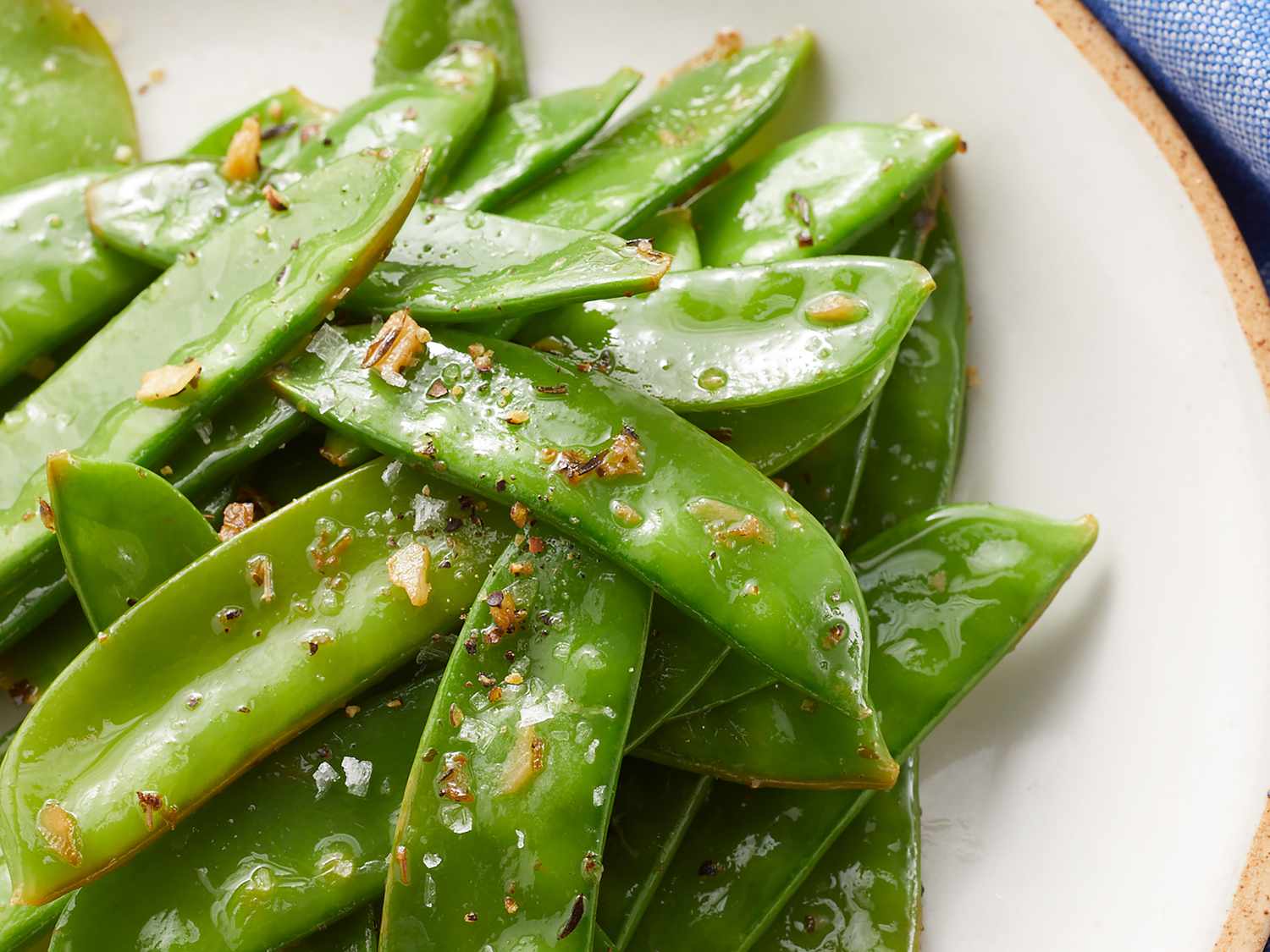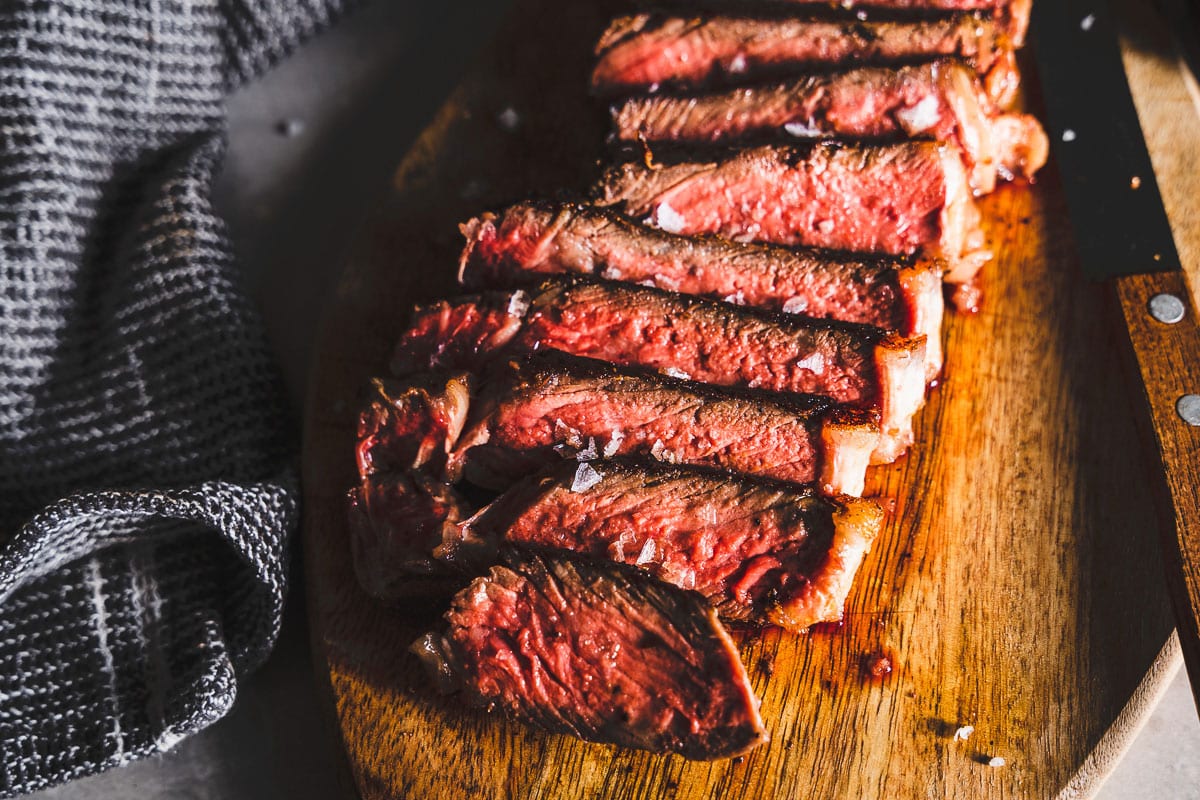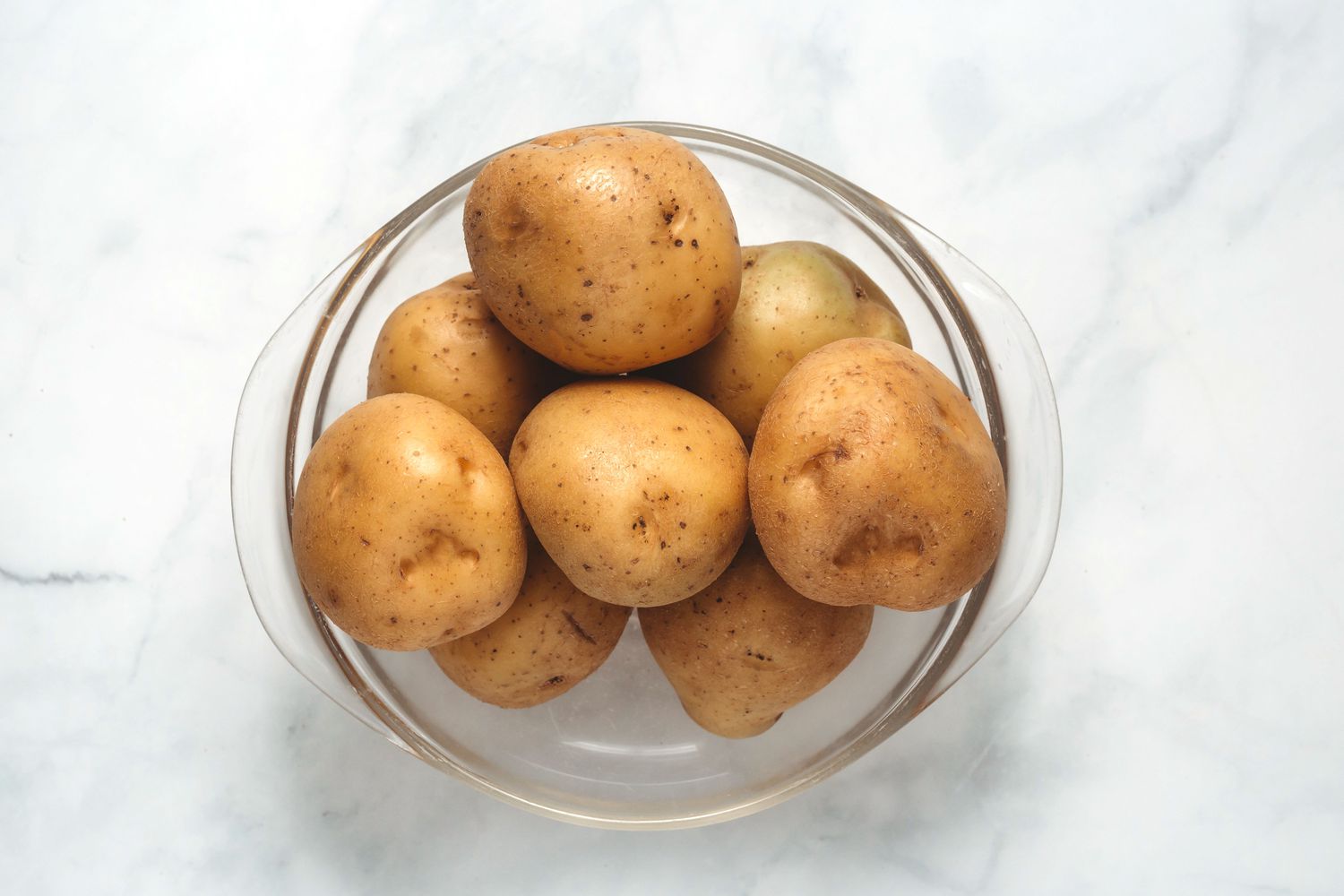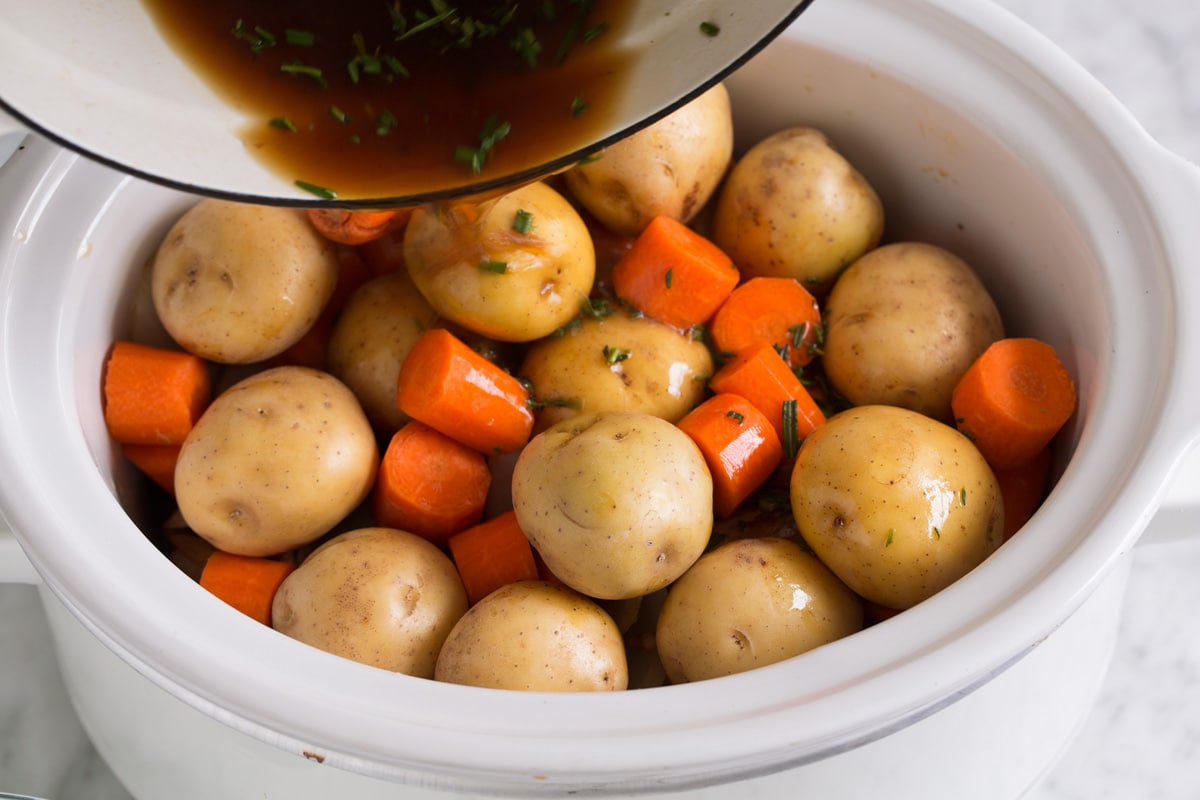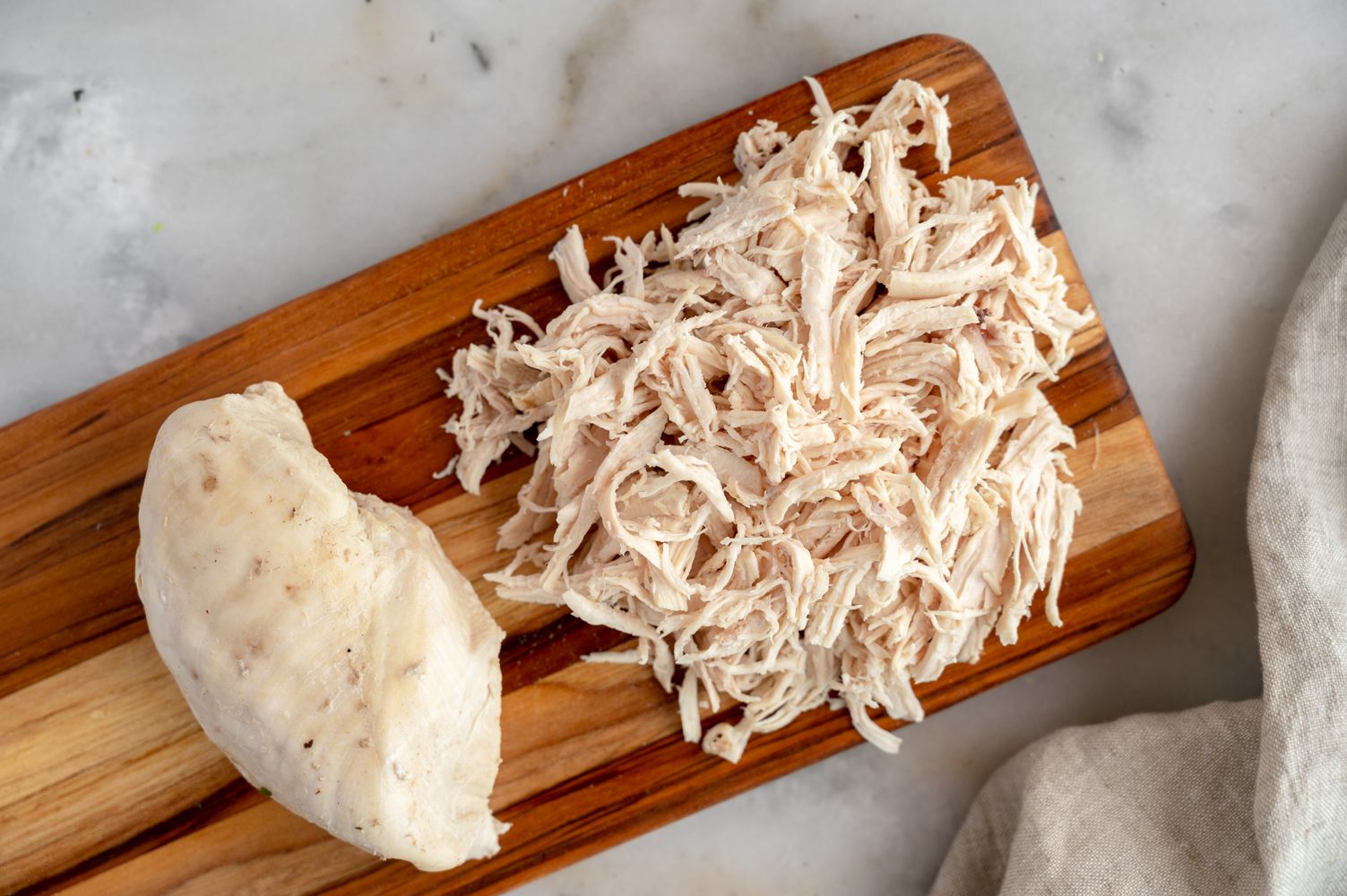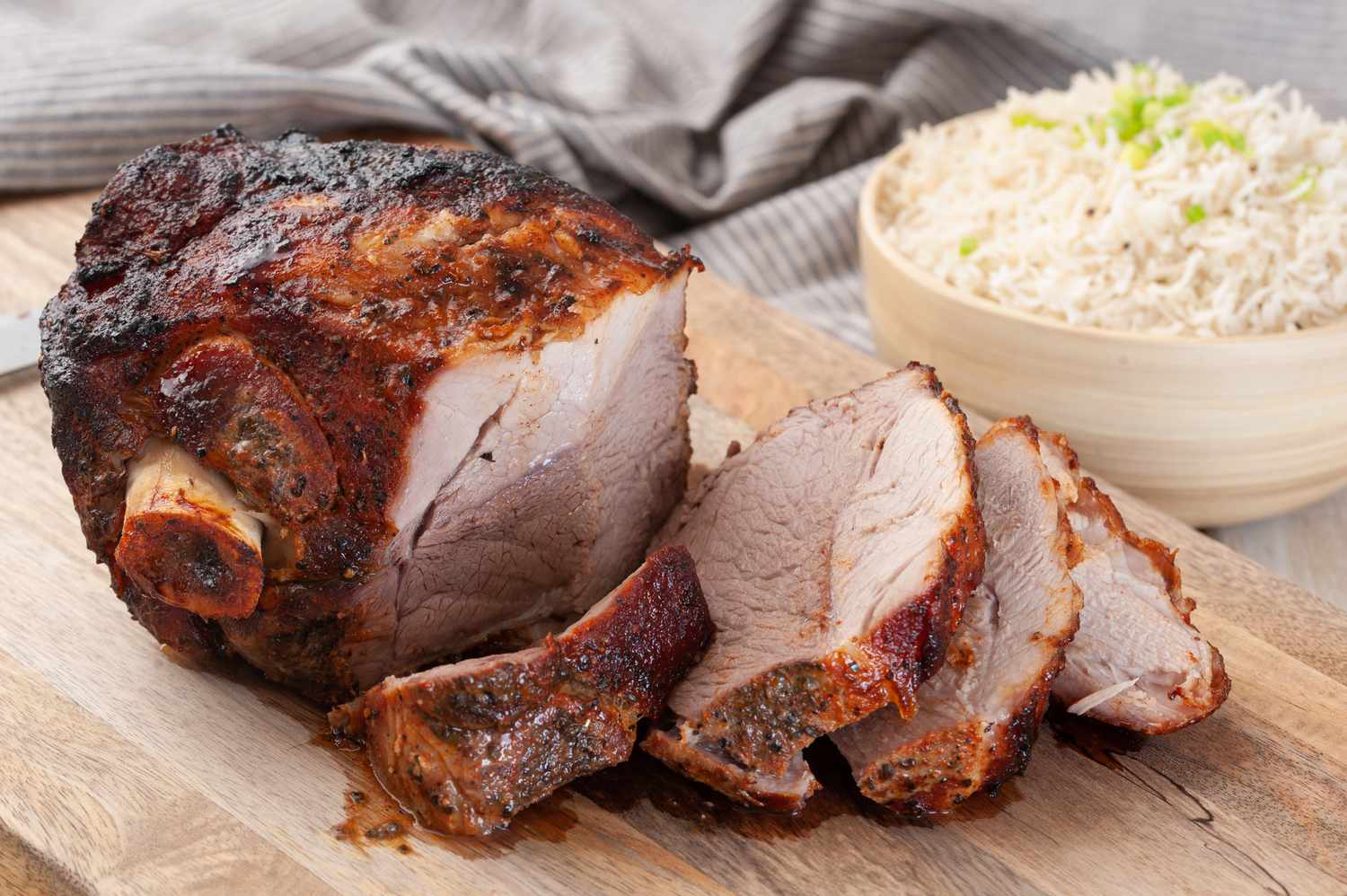Cooking Tips for Delicious and Tender Stew Meat Soup
If you’re a fan of hearty and comforting soups, stew meat can be your secret ingredient to add depth and flavor to your creations. Stew meat is typically made from tough cuts of beef, such as chuck or round, which need to be cooked low and slow to achieve tender and succulent results. In this article, we’ll share some expert tips on how to cook stew meat for soup, ensuring that every spoonful is a taste sensation.
Choose the Right Meat
When it comes to cooking stew meat, selecting the right kind of meat is crucial. Look for cuts that have a good amount of marbling, as this will keep the meat moist and tender during the cooking process. Great options for stew meat include chuck roast, round roast, and brisket. Ask your butcher for advice on the best cuts of meat for stew.
Prepping the Meat
Before you start cooking, make sure to trim any excess fat from the meat. While a little fat can add flavor, too much can make your soup greasy. Cut the meat into bite-sized cubes, removing any tough connective tissue or gristle. To add extra flavor, sprinkle the meat with salt and pepper or your favorite seasoning blend.
The Browning Process
To create depth of flavor, it’s essential to brown the stew meat before adding it to your soup. Heat a tablespoon of oil in a large pot or Dutch oven over medium-high heat. Working in batches, add the meat cubes and sear them on all sides until they develop a rich, caramelized crust. This step helps to lock in the juices and enhances the overall taste of your soup.
Building Layers of Flavor
Once your meat is browned, remove it from the pot and set it aside. In the same pot, add aromatic vegetables such as onions, carrots, and celery. Sauté them until they become fragrant and lightly browned. The vegetables will release their natural sugars, enhancing the overall flavor of your soup.
Next, return the meat to the pot and add liquid, such as beef broth, vegetable broth, or a combination of both to provide a flavorful base for your soup. You can also add herbs and spices, like bay leaves, thyme, or rosemary, to infuse additional layers of taste. Bring the mixture to a boil, then reduce the heat to low and let it simmer for several hours to allow the flavors to meld and the meat to become tender.
The Simmering Process
Simmering the stew meat soup is essential to achieve that melt-in-your-mouth tenderness. Cover the pot partially and let it simmer gently over low heat for at least two hours, or until the meat is fork-tender. The low and slow cooking method ensures that the meat becomes soft and flavorful, while also allowing the flavors of the broth and vegetables to develop fully.
Serving Your Delicious Stew Meat Soup
When the stew meat is tender and the flavors have melded together, it’s time to serve your delicious soup. Ladle it into bowls and garnish with fresh herbs like parsley or cilantro. Pair it with some crusty bread or a side salad for a satisfying and wholesome meal.
In conclusion, learning how to cook stew meat for soup is the key to creating rich, hearty, and flavorful dishes. By carefully selecting the right cuts of meat, browning them to build depth of flavor, and simmering them low and slow, you can enjoy tender and succulent stew meat soup that will warm your soul with every spoonful. So, grab your apron, gather your ingredients, and start cooking your very own stew meat soup masterpiece!
For those keen on honing their stew meat cooking skills, there’s a bounty of recipes to try that perfectly utilize these techniques. They can start with the Classic Beef Stew Recipe, a timeless dish that brings out the rich flavors of well-cooked beef. If they’re after something more nourishing, the Hearty Vegetable Beef Soup Recipe offers a comforting blend of beef and vegetables. For a twist, the Beef and Barley Soup Recipe adds a hearty grain to the mix, while the Beef and Lentil Soup Recipe provides a protein-packed option. Additionally, the Beef and Cabbage Soup Recipe and Beef and Noodle Soup Recipe introduce varied textures and tastes, ensuring there’s something for everyone. Each of these recipes allows readers to practice and refine their soup-making skills, ensuring delicious results every time.
Was this page helpful?
Read Next: How To Cook Beef For Ramen


